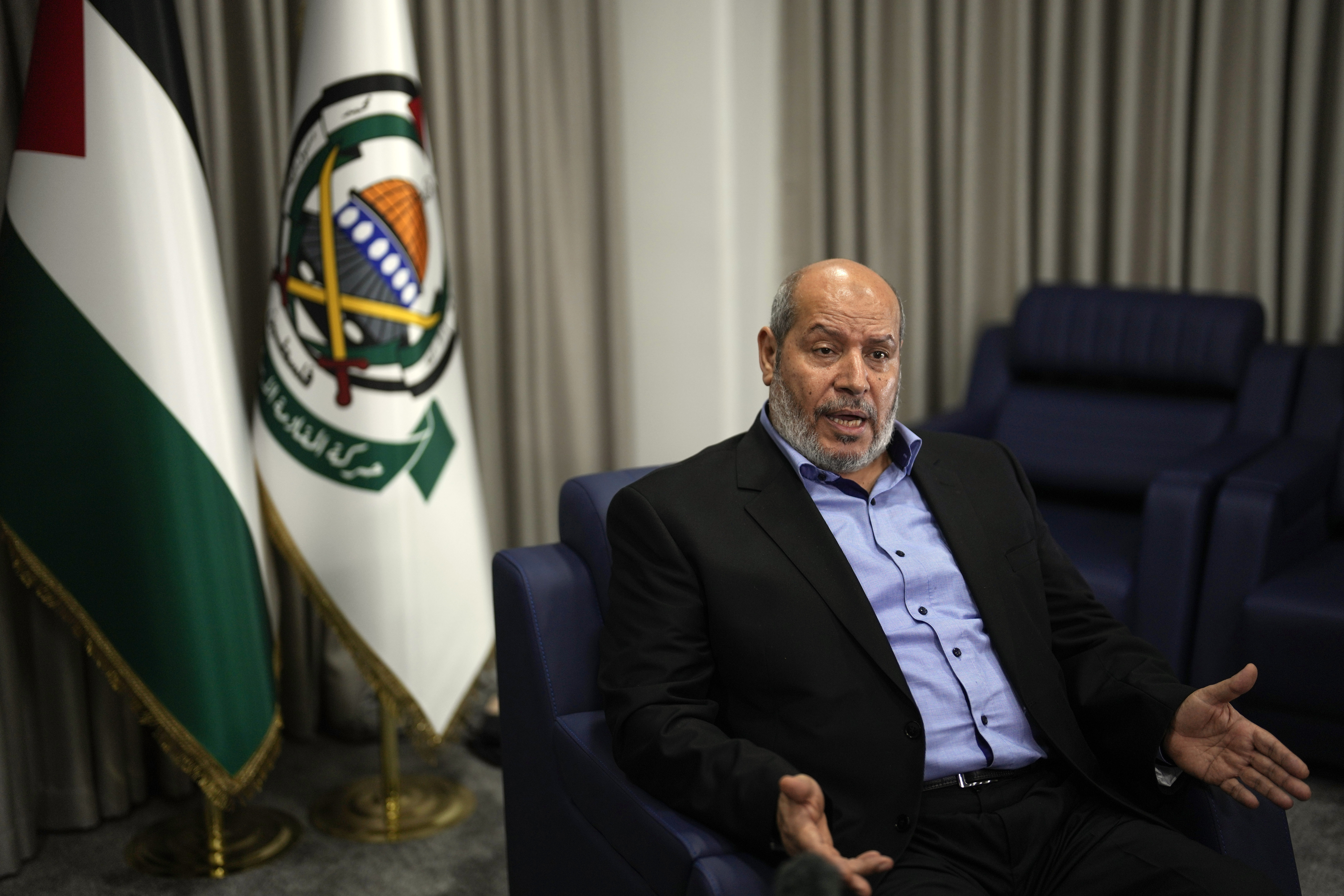Officials from Plains All American Pipeline say they hope the broken section of a pipeline that spilled oil along the California Coast can be removed for investigation by Tuesday.
Senior Safety Director Patrick Hodgins said Monday four other locations in the pipeline that ruptured during last week's Santa Barbara spill have been identified with potential issues.
The discovery was made after an "expedited" review of data gathered by an in-line probe that was sent through the pipeline earlier this month, before the spill, Plains' Senior Safety Director Patrick Hodgins said. It is hoped examination of the pipe will reveal why and how it failed.
Hodgins declined to discuss the specifics of what the probe detected, but said it could be such things as a change in pipe thickness or a dent.
"We will go out and do confirmation digs, and once we have that information, we will work with our integrity management program to find corrective actions, if necessary," Hodgins said.
The concern is the potential for additional spillage if more sections were to fail when the 12 mile long pipeline is purged of the oil that remains inside after it was shut down following the spill.
At the behest of federal regulators, Plains will be completing excavation and removing the section of 24-inch diameter pipe that leaked 101,000 gallons of oil last Tuesday along a section of the coastline between the city of Santa Barbara and Point Concepcion.
The company on Monday downgraded the amount of oil that may have spilled from 105,000 to new estimate of 101,000 gallons (382,300 liters). That's about 4,200 gallons (15,900 liters) less than previously thought.
U.S. & World
News from around the country and around the globe
Staffing of the cleanup operation has grown to 800, said Coast Guard Capt. Charlene Downey at a Monday's briefing.
The first batch of 100 citizen volunteers took part in a four-hour training program Monday in preparation to assist in the clean-up effort. California's Office of Spill Prevention and Response is planning to hold two more classes later in the week to train a total of 300 people.
"I just wanted to help," said Andrea Fisher, who drove more than an hour from her home in Camarillo, where she and her husband have a physical therapy business. "He can run the business while I do this," she said. "Cause the more people that help, the faster it'll get cleaned up."
The cleanup is moving into a new phase, involving more handwork to remove oil from rocks and other objects, said Yvonvve Addassi, deputy administrator for the state's Spill Prevention and Response Agency.
In expressing appreciation to the volunteers, Addassi made clear that the "complicated" work is left to the professionals.
Among those attending the first training session was Nakia Zavala, cultural director for the Chumash Tribe, which has concerns for historical sites along the coast.
"We want to make sure everything is being taken care of carefully," Zavala said.
It's expected the first group of 20 volunteers could be put to work as soon as Tuesday, according to Addassi.
Through affiliated organizations, some 150 volunteers have already been assisting, Addassi said.
Also at Monday's briefing it was disclosed that a second oil slick, farther offshore, was detected during a flyover Sunday, and a day later appeared to have stretched out to a length of as much as 10 miles, according to Jordan Stout of the National Oceanic and Atmospheric Administration.
It was not certain whether this slick is connected to last week's spill, or has a different origin. Natural oil seepage does occur in the Santa Barbara Channel.
Since Tuesday, the deaths of 17 birds and sea mammals have been attributed to the spill. An additional 10 birds and six mammals have required oil removal and other care, said Santos Cabral of the California Dept. of Fish and Wildlife.
Two state beaches near ground zero for the spill, Refugio and El Capitan, remain closed to the public, an acrid oil smell still hanging in the air, though not as strong as last week.
The beaches and adjacent campgrounds are expected to remain closed until June 4th, said Eric Hjelstrom of state parks.
The oil spill is California's worst since more than 50,000 gallons leaked into San Francisco Bay from the container ship Cosco Busan after it struck a supporting tower of the Bay Bridge in 2007.



